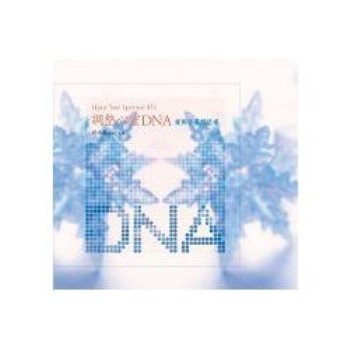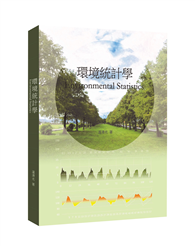Covering the many important changes in food markets and food politics that have shaped both global and local farming and eating over the past decade, this compact and authoritative primer lays out everything you need to know to understand today’s global food landscape.
The politics of food is changing fast. In rich countries, obesity is now a more serious problem than hunger. Consumers once satisfied with cheap and convenient food now want food that is also safe, nutritious, fresh, and grown by local farmers using fewer chemicals. Heavily subsidized and underregulated commercial farmers are facing stronger push back from environmentalists and consumer activists, and food companies are under the microscope. Where does power lie in this increasingly complex global food system? Moreover, what is the future of food politics, both in the United States and beyond?
The third edition of
Food Politics: What Everyone Needs to KnowÂ(R) has been thoroughly updated to reflect the latest developments and research on today’s global food landscape, including the realities of food markets, farm production methods, food manufacturing, and dietary health challenges. New material covers the rise of China in world food markets and global food politics, the unabated and increasing risks to farming from climate change, the impact COVID-19 had on incomes and hunger, the equally shocking impact from the war in Ukraine on food prices and trade, and surprising scientific and technical breakthroughs such as the genome editing of crops (CRISPR) and the marketing of cell-cultured (animal-free) meats. As well, each chapter has been updated with new data on population growth, hunger and food security, trade conflicts, humanitarian aid, carbon farming, regenerative agriculture, holistic grazing, animal welfare, genetically engineered food, and more.
Discussing the politics and policies that continue to shape our contemporary food system, Robert Paarlberg challenges myths and critiques more than a few of today’s fashionable beliefs about farming and food. For those ready to have their thinking about food politics informed, but also challenged, this is the book to read.










